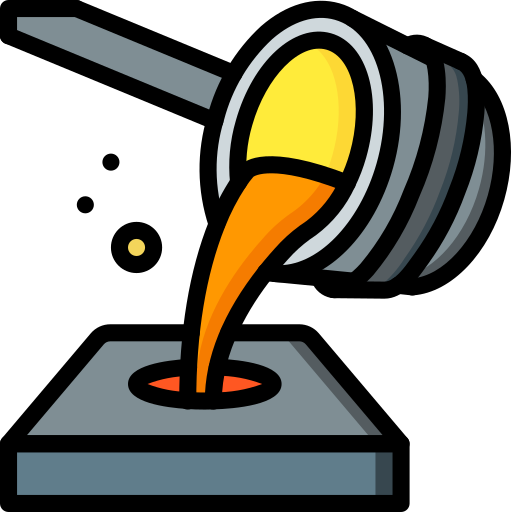Raw Materials: The primary source of fiber for papermaking in medieval times was rags, particularly linen and cotton. These rags were collected, sorted, and washed to remove any dirt or impurities. Sometimes, other plant fibers like hemp or mulberry bark were also used. Breaking Down the Fibers: Once the rags were clean, they were beaten or pounded to break down the fibers into a pulp. This process was initially done by hand using wooden mallets or hammers in a trough or vat filled with water. Later on, water-powered mills were used to speed up this step. Creating the Pulp Slurry: The beaten fibers were then mixed with water to create a slurry or pulp. This mixture was stirred to ensure that the fibers were evenly distributed in the water. Forming the Sheet: A mold and deckle were used to form the paper sheet. The mold was a rectangular frame with a screen or mesh stretched across it, while the deckle was a frame slightly larger than the mold, used to contain the pulp within the desired sheet size. The mold and deckle were dipped into the pulp slurry, and then lifted out, allowing the water to drain through the mesh, leaving a thin layer of fibers on the screen. Pressing and Drying: Once the sheet was formed, it was pressed to remove excess water and to bond the fibers together more tightly. This was often done using a screw press, which applied pressure to squeeze out water. After pressing, the wet paper sheet was carefully transferred to a flat surface or hung to dry. In medieval times, paper was often dried by hanging it on lines or frames in the sun or by placing it on heated surfaces. Finishing Touches: After drying, the paper would be trimmed to the desired size and sometimes treated with sizing agents like gelatin or alum to improve its surface strength and ink receptivity.
 Crafting Time:
Crafting Time:- 30 hours
-
 Crafting Roll:
Crafting Roll:
-
 vs. 10
vs. 10
 Required Tool(s):
Required Tool(s):-
Screw Press30 gp
-
Weaving Tools15 gp
-
 Requires Reagents:
Requires Reagents:
-
 Drinking Water 0.01 gp
Drinking Water 0.01 gp -
 Linen Cloth 5 gp
Linen Cloth 5 gp
 Fabricate:
Fabricate:-
75 Paper, Sheet0.2 gp